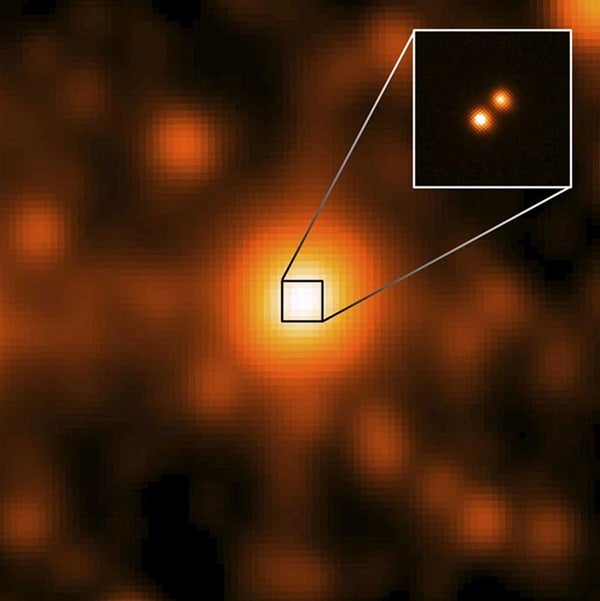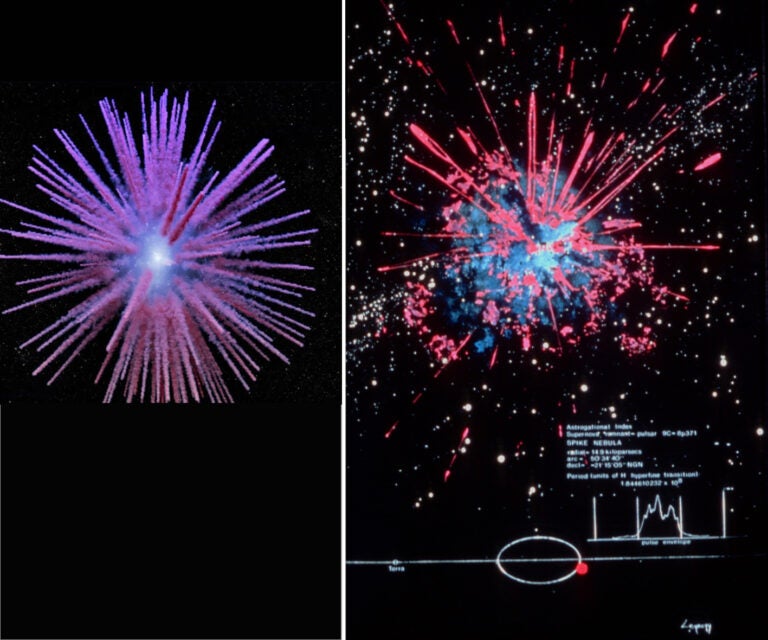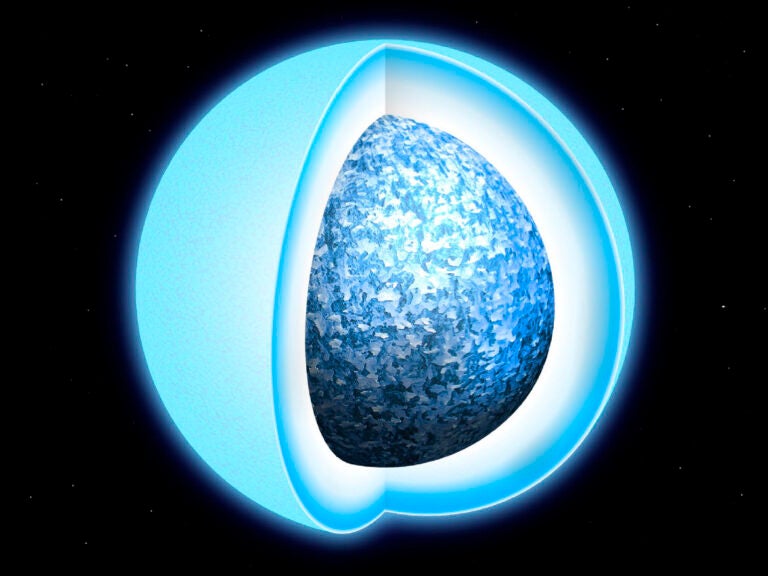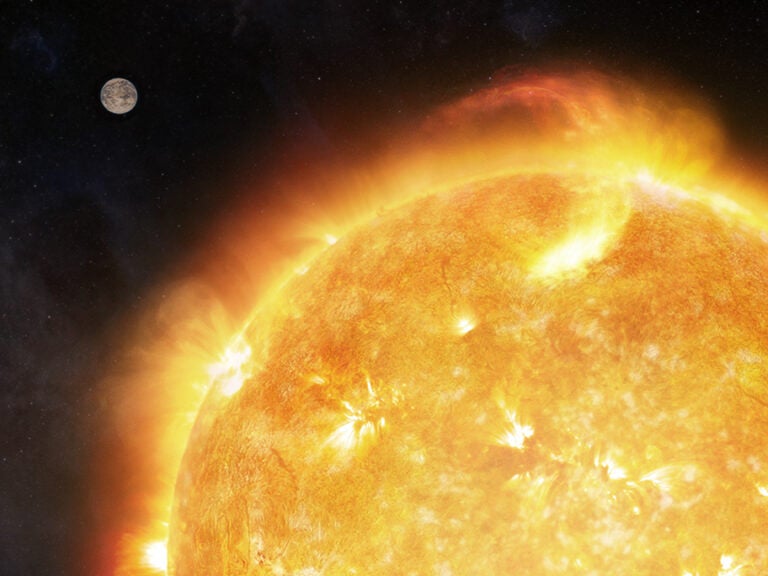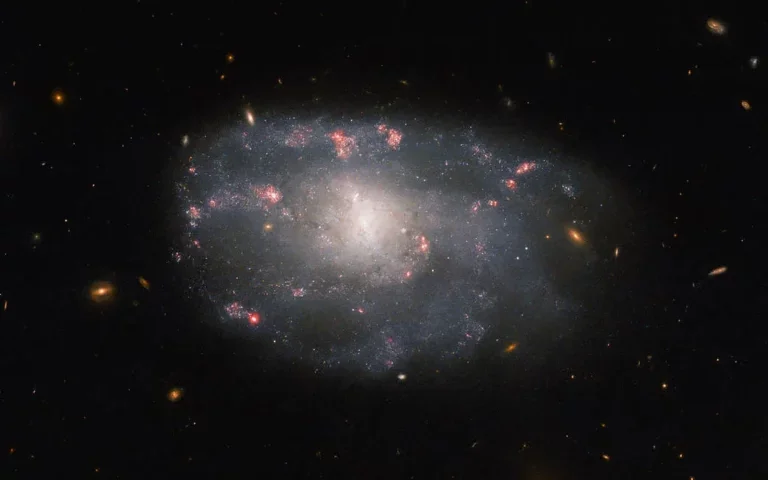In the two decades since astronomers discovered the first brown dwarf — Teide 1 in the Pleiades star cluster — they have found more than a thousand. These enigmatic objects, which don’t have enough mass to ignite hydrogen fusion and thus become full-fledged stars, glow mostly by radiating the heat from their formation. Because they are so faint, all those that lurk in the solar neighborhood escaped detection until the 21st century.
The table below lists all known brown dwarfs within 15 light-years of Earth. These objects are classified as L, T, or Y, running from hottest to coolest. The nearest — a pair of objects dubbed Luhman 16A and B some 6.6 light-years away — rank as the fifth and sixth closest objects to home. Only the triple-star system Alpha Centauri and Barnard’s Star are nearer. One final note: A fine line exists between the smallest hydrogen-burning stars and the largest brown dwarfs, so it is quite possible that a few M-class “stars” not listed here are actually brown dwarfs.
| Name | Distance | Right Ascension |
Declination | Class | Year of Discovery |
| Luhman 16A | 6.6 | 10h49.3m | –53°19′ | L8 | 2013 |
| Luhman 16B | 6.6 | 10h49.3m | –53°19′ | T1 | 2013 |
| WISE 0855-0714 | 7.2 | 8h55.2m | –7°15′ | Y | 2014 |
| WISE 1506+7027 | 11.1 | 15h06.8m | 70°28′ | T6 | 2011 |
| Epsilon Indi B | 11.8 | 22h04.2m | –56°47′ | T1 | 2003 |
| Epsilon Indi C | 11.8 | 22h04.2m | –56°47′ | T6 | 2003 |
| WISE 0350-5658 | 12.1 | 3h50.0m | –56°59′ | Y1 | 2011 |
| SCR 1845-6357 B | 12.6 | 18h45.0m | –63°58′ | T6 | 2006 |
| UGP 0722-0540 | 13.4 | 7h22.5m | –5°41′ | T9 | 2010 |
Distance in light-years; Right ascension and declination in 2000.0 coordinates.

